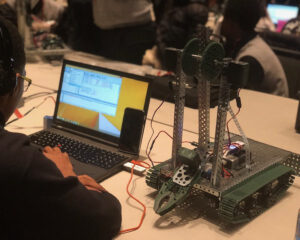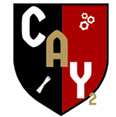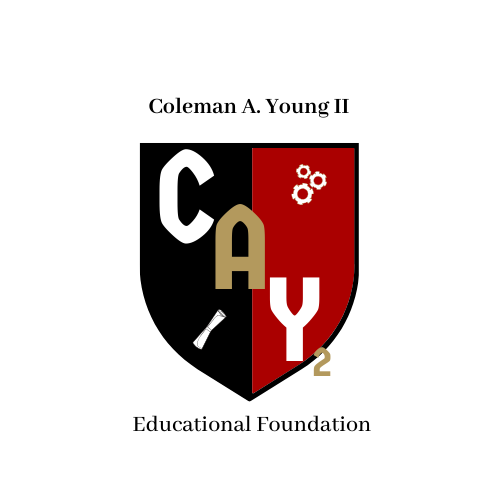Low-income students are substantially underrepresented in STEM. Whether it’s high school graduates or postsecondary graduates, reports show that low-income students are entering STEM programs at a much lower rate than their high-income counterparts. During the 2015-2016 school year, low-income students and students of color were less likely to have opportunities to take advanced math and science classes. A study from the U.S. Department of Education showed that only 55 percent of high schools with high Black and Latino enrollment — compared to 65 percent of all high schools — offered advanced mathematics. For calculus, only 38 percent of high schools with high Black and Latino student enrollment showed advanced math, compared to 50 percent of all schools.
Part of the problem is that many low-income families can’t even afford a computer, let alone the right internet package. “Poor schools” also get left behind as their ability to acquire and access resources is limited. Moreover, through no fault of their own, low-income kids can’t develop STEM skills at the same level as high-income kids, and they fall behind.
 Without access to these courses, low-income students are held back from fulfilling their potential in STEM careers. A 2017 study found that children who grow up in areas with more inventors – and are thereby more exposed to innovation while growing up – are much more likely to become inventors themselves. Many “lost Einsteins,” the study found, or people who never pursue a career in STEM innovation for lack of exposure, even though they would be successful if they did. Having the desire and desperately trying to keep up, but without the proper resources, some kids have even resorted to writing code on paper with a pencil.
Without access to these courses, low-income students are held back from fulfilling their potential in STEM careers. A 2017 study found that children who grow up in areas with more inventors – and are thereby more exposed to innovation while growing up – are much more likely to become inventors themselves. Many “lost Einsteins,” the study found, or people who never pursue a career in STEM innovation for lack of exposure, even though they would be successful if they did. Having the desire and desperately trying to keep up, but without the proper resources, some kids have even resorted to writing code on paper with a pencil.
Fortunately, some educators and institutions are now addressing that low-income kids are nowhere in STEM by providing extra education, better resources, and more financial aid. That is our goal at the Coleman Young 2 Foundation. With your help, we can make sure Detroit is Future Ready.

